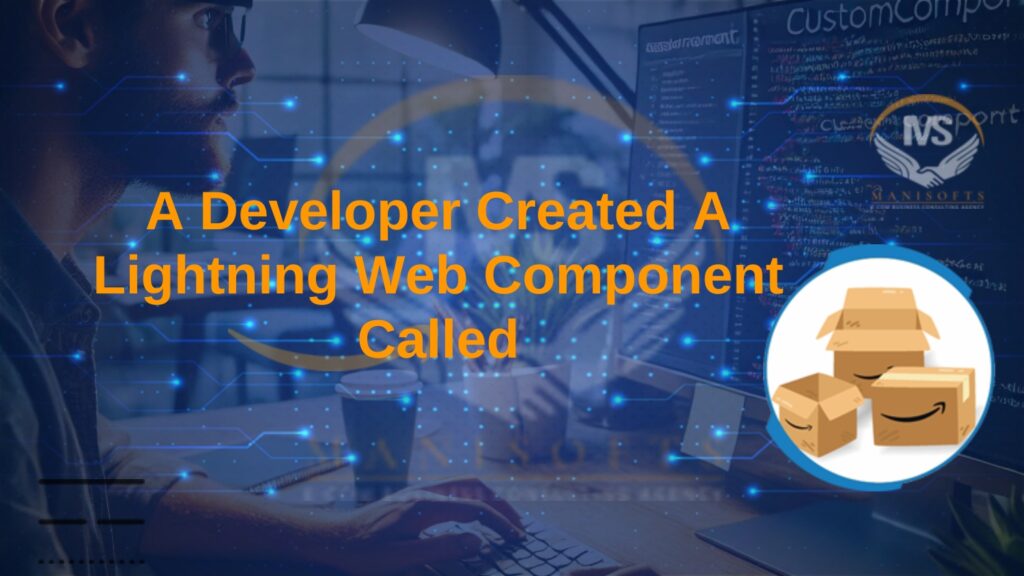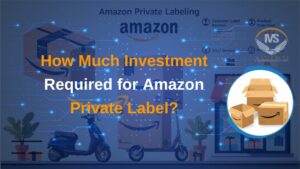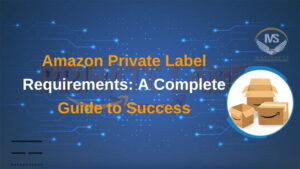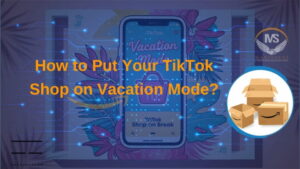A Developer Created A Lightning Web Component Called? Find a way for a developer to implement a Salesforce Lightning Web Component that expands the capabilities of the platform and interacts with it. Get acquainted with LWC development and LWC implementation.
Introduction
The importance of coherent component thinking in the modern web development context cannot be overestimated there is always a need to create effective, extensible, and reusable parts. This is exactly what a developer was able to do by creating a Lightning Web Component (LWC), a rich and extensible platform unveiled by Salesforce.
As a custom component that is beneficial to the user, this unique construct provides a north-star guide to the creation of applications that can capitalize on the flexibility of the SFDC Lightning. In this article, we will look deep into how this developer created the feature, how it works, and how you can use it in your Salesforce configuration. For both the expert and the novice programmer, learning about this component is always useful to get to know the intricacies of the LWC.
What is the lightning web?
Lightning Web is a modern web framework created by Salesforce to design new web-based applications that can adapt to users’ interfaces. It is subsumed under the Lightning Component Framework and has been built with integration with the Salesforce ecosystem in mind.
Key features of Lightning Web include:
- Component-based architecture
- Performance optimization
- Built-in responsive design
- Conformity to the contemporary Web standards
- Reusable code modules
Lightning Web helps developers to build applications that are swift, striking and unite naturally with the Salesforce platform. It depends on the web components and modern JavaScript and allows having a rather stable environment for development.
A Developer Created A Lightning Web Component Called
Lightning Web Components is a modern framework based on Native Web Standards. As contrasted to some previous generations of frameworks, LWCs incorporate such contemporary web technologies as ECMAScript modules, templates, and custom elements. They are aimed at the Lightning of the Salesforce, enabling the developers to construct supportive, reusable, and scalable UI components that make the experience better.
Introducing “CustomComponent”
Thus, we can learn from “CustomComponent” LWCs on how to pull off this capability. As designed for specific business requirements, this component is easily implemented in any Salesforce environment and is as highly customizable and intuitive. Here’s what makes “CustomComponent” stand out: Here’s what makes “CustomComponent” stand out:
- Modularity: It is designed in a way that it can be easily incorporated into different parts of an application because it is modular. It also makes it reusable in another project thereby cutting on the time spent to create a similar thing over and over.
- Seamless Integration: Being an Independent, CustomComponent works fine with other components and objects in the Salesforce environment as well as some built-in and third-party services in the Salesforce environment. This helps to increase its compatibility with already incorporated working procedures.
- Responsive Design: Designed as a cross-platform solution based on the principles of contemporary Web architecture, “CustomComponent” provides its users with a stable, responsive, and coherent interface across a range of platforms from the personal computer to the mobile phone.
- Customization: The component is very flexible; it is easy for a developer, for example, to alter the look or the way the component works based on certain business needs. This characteristic of the tool makes it very useful for any Salesforce project of any size or scale.
- Optimized Performance: Due to the lightweight of LWC, ‘CustomComponent’ is made to load quickly with data handling, which refines the look and feel of the user interface.
Benefits of Using “CustomComponent”
Incorporating “CustomComponent” into a Salesforce application offers several key benefits: Incorporating “CustomComponent” into a Salesforce application offers several key benefits:
- Enhanced User Experience: The component is flexible, and its performance is optimized to provide a better experience to users.
- Faster Development: As with every Sphinx application, the fact that CustomComponent is built in modules makes it reusable and helps in speeding up the development cycle of new features.
- Ease of Maintenance: Compared to a confused code base with lots of tangled code, “CustomComponent” is easier to maintain and update with less possibility of introducing new bugs or making future changes.
- Scalability: Being an application developed in the Salesforce environment, the “CustomComponent” is designed for business growth, allowing new features to be added without adjusting the architecture of the application.
How to Implement “CustomComponent”
To start using “CustomComponent” in your Salesforce projects, follow these steps: To start using “CustomComponent” in your Salesforce projects, follow these steps:
- Installation: Some components are packaged as Salesforce CLI commands, meaning before they can be installed you have to launch the CLI, as for others, they can be directly deployed into your Salesforce org.
- Configuration: Set up the component according to its requirements and then integrate it where it is best for your needs. This could be as minor as defining data feeds or as major as redesigning the way in which data appears on the page.
- Deployment: You can deploy CustomComponent in a Salesforce application through the Lightning App Builder or as a CDP (Child Dynamic Pointer) added to current components in your system.
- Testing: Perform multiple tests to confirm that “CustomComponent” is functioning fine on different devices and under different conditions. Make changes whenever you want to achieve better performance throughout to optimize the config parameters.
Case Studies: Real-World Applications of “CustomComponent”

With the pace at which digital platforms are progressing, businesses are constantly looking for solutions that can help them improve their functioning, make those functions efficient, and provide a great user experience. One solution that has been considered is that of the ‘CustomComponent,’ a highly flexible tool that fits a business requirement. Several actual examples are discussed in this article, which illustrates how “CustomComponent” is effectively implemented in various fields.
1. Enhancing User Experience in E-Commerce
An online retailer specializing in niche products faced a challenge: they were using their standard end-to-end system, which was not flexible enough to offer a specialized shopping service. Through the introduction of “CustomComponent,” the company was able to produce relevant products for the consumers and adjust content to meet the given clients’ needs. The result? A rise in conversion rates by 25% and a major leap in levels of satisfaction among consumers.
Key Takeaways:
- End-item customization permitted better marketing of components.
- A better use of the images resulted in higher usability and sales.
2. Streamlining Operations in Manufacturing
A mid-sized manufacturing company, for one was experiencing some problems with the length of their production line. The existing software systems were not very flexible and could not support the enhanced requirements of the firm. By integrating ‘CustomComponent,’ such processes previously executed manually were enhanced as they eliminated the possibility of error occurrence. This resulted in the reduction of cycle time by 15%, not forgetting the improved quality of the products.
Key Takeaways:
- Automating through custom components cut down on mistakes and was a step up on previous models.
- That ‘CustomComponent’ could be made to scale and grow is actually a virtue of flexibility.
3. Optimizing Customer Support in the Tech Industry
A growth-stage tech startup felt pressure from the rapid growth: lots of customers, though it impacted the customer service team. There is a situation where they urgently require something to assist in managing as well as prioritizing support tickets. A new concept called “CustomComponent” was introduced with the intention of trying to build a custom ticketing system that would segment issues based on their priority and customer significance. Looking at this approach, this enhanced response time as well as customer satisfaction, with a significant increase in the number of positive reviews.
Key Takeaways:
- Special Interest Groups suggested that response rates increased and satisfied the clients.
- It was possible to prioritize the tickets in such a way that the workload would not get out of hand when there was an influx of tickets in the system.
4. Driving Innovation in Education
An educational institution involved in distance learning was looking for ways of making the learning process engaging for students as well as introducing new functionality for the online course platform. In order to implement “CustomComponent,” the institution built a selection of practice-responsive learning modules like quizzes, game-based learning, and response generation. This led to an improvement in the level of student participation and their performances, as was evident from the fact that the grades improved by 30 percent.
Key Takeaways:
- Those elements that were most interactive improved the learning experience of users.
- The feedback was particularly vital in sharpening the method of giving the educational experience in real time.
5. Improving Financial Reporting in the Banking Sector
A regional bank required a fast and accurate system for preparing and presenting financial reports that complied with the new standards of the Central Bank. The available reporting aids are too structural, this is why such processes as reporting often turn into a time-consuming and imprecise activity. “CustomComponent” was put into use in order to create a custom reporting system that included automation of data gathering as well as generation of reports. In addition to ascertaining compliance, the process also cut the time spent on the preparation of such reports by a third.
Key Takeaways:
- Companies that created their reporting systems enabled compliance ease.
- Automation led to less paperwork and also increased the efficiency of data input.
FAQ’s
What steps are involved in creating a Lightning Web Component like “CustomComponent”?
- For a start, what we need is to present what the general set of tasks of the Salesforce DX setting can look like.
- Developing salesforce CLI to form the component.
- HTML, JS and CSS code writing are required to implement the above-described component.
- Testing once is in the component and once in a Salesforce org.
- Using the component in the salesforce environment.
What are some common use cases for creating a custom Lightning Web Component like “CustomComponent”?
- Using it to design own forms or other data entry forms or screens or preparing one form in one format for importing to another format or elsewhere.
- But, the best-known applications include the construction of interactive dashboards or reports.
- Creation of specific user interfaces for the application such as drag and drop.
- Modifying the existing salesforce pages to integrate increased capabilities.
How does “CustomComponent” differ from standard Salesforce components?
As “CustomComponent” is developed considering the requirements of business, it does have features that are absent in standard components of Salesforce. There are more possible and can be fashioned to work with specific objects, fields, and rules peculiar to an organization.
Is “CustomComponent” compatible with mobile devices?
Indeed, WCs like Lightning Web Components, including “CustomComponent,” are necessarily optimized for both desktop and Mobile first so that they are responsive across multiple devices: mobiles, tablets, and desktops.
Can non-developers customize or use “CustomComponent” within Salesforce?
Even though CustomComponent is being developed by a Salesforce developer, administrators and power users can quickly drag and drop into Salesforce pages using the Lightning App Builder. However, for the changes to be made at the code level, one needs to possess development skills.
Conclusion
Whenever a developer names the Web Component he created as “CustomComponent” in the arena of Salesforce Lightning, it means a breakthrough in creating salesforce-specific, efficient and responsive programs. “CustomComponent” is based on modern web standards and is an easily reusable and adaptable module that contributes to improving the external and internal look and feel and functionality of the interfaces and that can improve their effectiveness and efficiency. This particular custom component aligns with the requirements of a particular business and can be incorporated with other current capabilities in the Salesforce ecosystem, enhancing usage. Insofar as organizational dynamics change, such components play a crucial role in creating the monastic, continually adaptive experience users expect.




